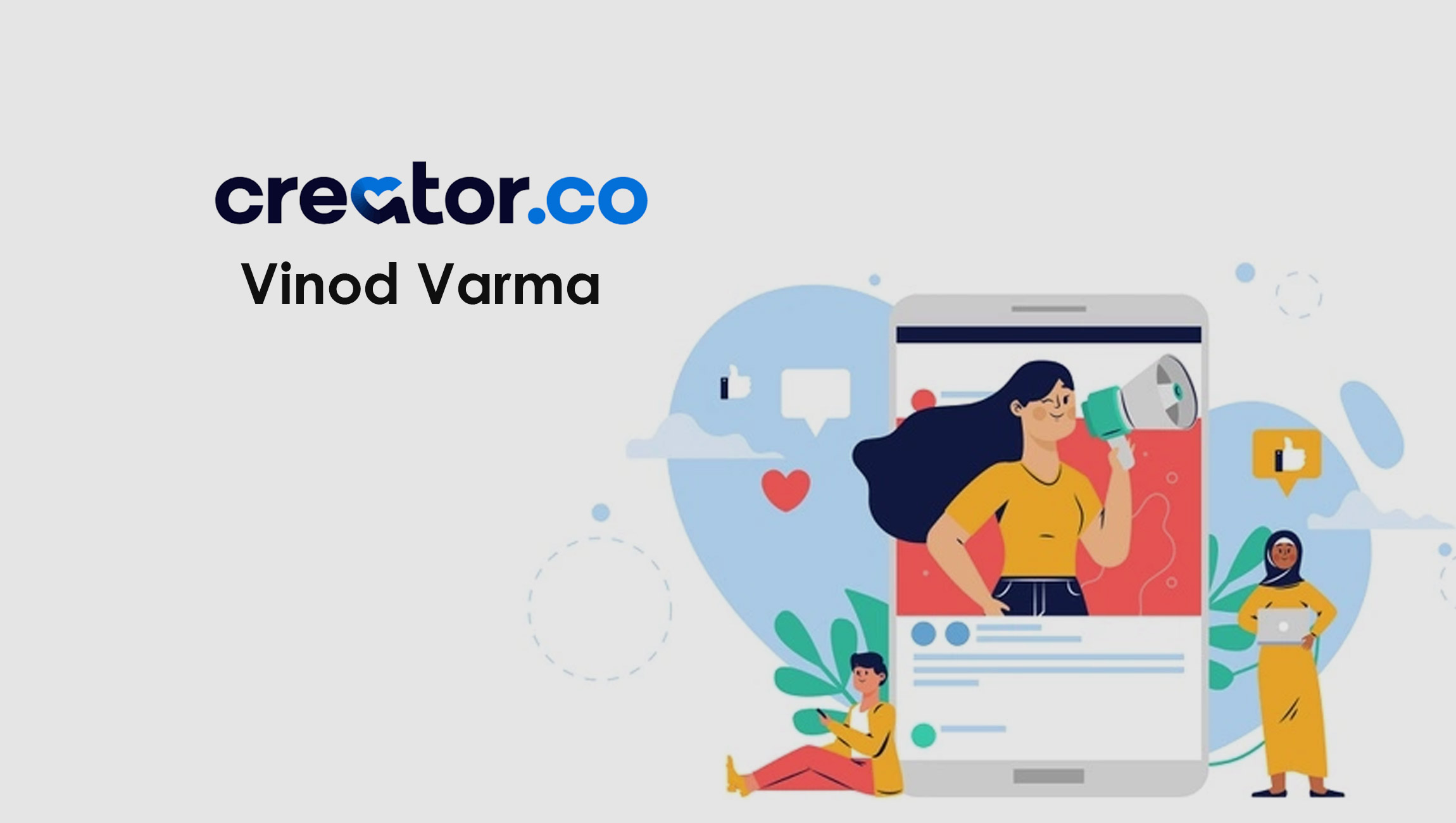Societal changes brought about by the pandemic continue to have an outsized impact
Beyond the economic and emotional hardships that Covid-19 has wrought on society over the past 20 months, perhaps a silver lining to the ordeal can be found in how the pandemic has led to a reimagining of how people live, work and play. In what economists have referred to as “The Great Resignation,” millions of people across the U.S. in both blue- and white-collar professions left their jobs in 2021.
While there are a variety of reasons behind this mass exodus, the pandemic has demonstrated that the traditional structure of work – commuting to and from an office for eight hours a day, five days a week – is not tenable for many workers in the increasingly connected world in which we live. Yet still others, perhaps overburdened or simply burned out, have decided to trade their 9-to-5 careers to spend more time with their families or pursue their passions, which itself can be parlayed into a financially rewarding endeavor.
When it comes to influencer marketing, content creators in a variety of genres – from beauty and baking advisors to do-it-yourself home fixers and video game streamers, have found a lucrative side or, in some cases, primary gig doling out their expertise on social media. This trend has also been exacerbated by the pandemic, which has seen people spending ever increasing amounts time online in the wake of lockdowns implemented by governments around the world to stem the spread of the virus.
Marketing Technology News: MarTech Interview with Andy Stevens, Chief Data Officer at Clear Channel International
According to Influencer Marketing Hub, influencer marketing has increased exponentially during Covid-19 and has more than doubled in the last two years, growing from a $6.5 billion market in 2019 to nearly a $14 billion market in 2021. For the sake of perspective, the market was only worth about $1.7 billion in 2016.
As the pandemic drags on and the role of social media continues to play a prominent role in our lives, the need for brands to establish relationships with influencers will only continue to grow. So, what factors have had the greatest impact on the industry to date?
Here are four things we learned about influencer marketing in 2021:
1). Benefits of Web3 Within Reach
Though it may seem like an ancillary consideration, the economic importance of Web3 or Web 3.0 as it has come to be called – essentially a decentralized internet built on blockchain technology that provides a public and unalterable audit trail (used today for transactions involving cryptocurrencies and nonfungible tokens or NFTs, for short) – could revolutionize the market. Not only would this turn the current paradigm on its head, but it would also provide content creators and artists with the ability to take control of their own income and protect their intellectual property. Giving individuals the ability to build their own micro economies will undoubtedly shape the future of the market and the relationship between brands and creators.
2). Social Commerce Grows in Prominence
Social commerce, which is the concept of people and businesses selling their wares online through social media, has only continued to grow in prominence throughout 2021 and content creators have played a significant role in that. Not only do creators help increase awareness about the products and brands they work with, but they also have an opportunity to even earn fees and commissions.
Nowhere is this more prominent than China, which has seen social commerce sales skyrocket in recent years. According to eMarketer, social commerce sales accounted for just under 12% of total retail ecommerce sales ($242 million) in the country in 2020 and this is estimated to grow to just over 14% of sales ($474 million) by 2023.
As social commerce evolves in tandem with the increasing sophistication of e-commerce more generally, influencer marketing stands poised to become a dominant advertising channel for businesses.
3). The Entrepreneur Boom
As more people have re-evaluated their careers and lives in the wake of the pandemic and left their old jobs behinds, there has also been a subsequent rise in the number of people starting their own businesses. According to a recent report in the New York Times, Americans filed paperwork to start more than four million businesses last year and applications were on pace to be even higher this year.
Given that the vast majority of these will be small businesses, partnering with creators and influencers to get the word out about their products and services will be the most economic and effective way to generate buzz. Content creators also have the ability to help entrepreneurs reach a more niche audience, which will be critical for new businesses looking to target a specific segment of the market.
4). Covid-19: The Great Unknown
As with so many industries, the world of influencer marketing was largely defined this year by the lingering effects of the pandemic on our lives. While organizations were caught flat-footed by the whirlwind of changes brought about in early 2020, many brands have now shifted to a digital marketing strategy with content creators being a significant component. Rather than just advertising into the ether, marketers are now seeing the value that creators bring to the table by actually talking about a brand and using their respective products. How the virus will continue to evolve is anyone’s guess, but influencer marketing has proven to be a reliable commodity cultivated during the pandemic that businesses will continue to leverage heavily in 2022 and beyond.
Marketing Technology News: MarTech Interview with Tugce Bulut, Founder and CEO at Streetbees











